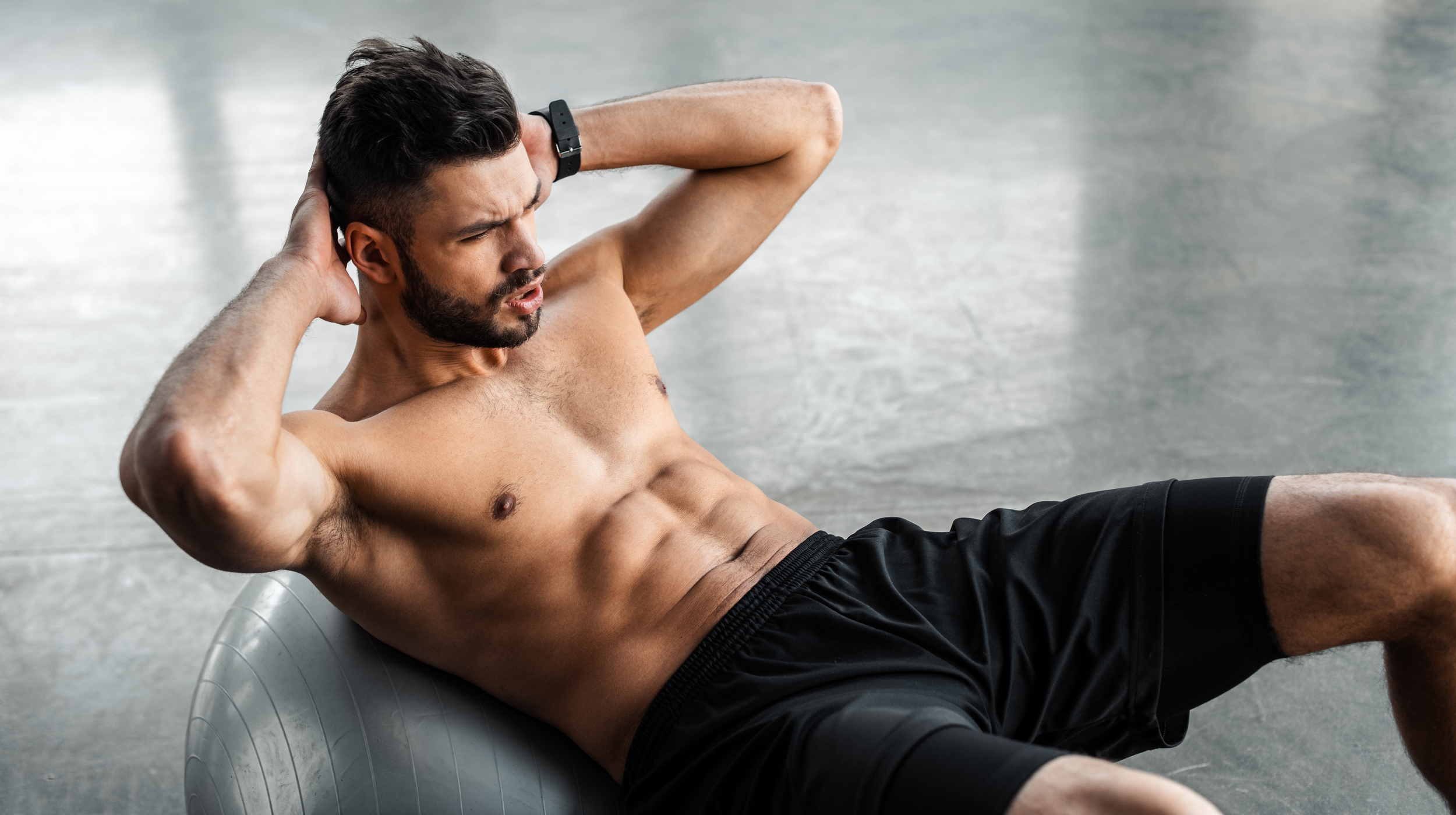The TVA and Your Hip Flexors: Smaller Waist and More Core Definition
Oct 21, 2020 mindpumpThe core muscles. These muscles surround your midsection beginning at your lower ribcage and go down to your pelvis. Tight, sculpted, and defined core muscles are sought after by anyone who works out regularly. People crunch, sit up, twist and plank to get tighter, smaller, and more defined waists. Unfortunately, many people ignore what is arguably the most important core muscle of them all, the transverse abdominus, the TVA for short. Another common mistake made is that people tend to work their hip flexors when they are aiming to work their abs. These two issues prevent many people from getting the core muscles and definition they desire.
Although the abs are the muscles that give you a six pack, and the obliques give you those lines on the side of your waist, it’s the TVA muscles that SHRINK the waist and provide much of your core stability. Think of the TVA like a corset or a weight belt. It’s a muscle that is deep in your core that surrounds and wraps around your waist. Suck in your stomach, the muscle that is responsible for this movement is your TVA.
We have organs like the liver, stomach and the intestines that reside in our core. When we stand gravity pushes them all down, but it is the TVA that helps hold them in. When the TVA is weak, those organs can push out creating a belly pooch. A weak TVA also gives you a weak and unstable core, regardless of how strong your abs or obliques are. You NEED a strong and tight TVA if you want to give yourself the most protection from back injury.
Luckily the TVA is relatively easy to train. One way to train the TVA is to activate it every time you do an ab, oblique or core exercise. Next time you do a crunch, draw your midsection IN (suck your stomach in), as you crunch, and hold the squeeze for a few seconds. Same with any oblique twists or planks. Drawing in throughout any core exercise will help strengthen the TVA. You can also do a targeted TVA exercise called a stomach vacuum. This movement works the TVA directly and can shrink your waist by tightening up your core. Here I demonstrate:
Now that you understand the importance of the TVA, let’s get back to everyone’s favorite core muscle, the abs. When these muscles are developed and you are relatively lean, you will have a nice six pack outline, with definition on the sides of your midsection. These muscles are easy to work so long as your hip flexors are not dominating all your movements. Unfortunately, hip flexors that “get in the way,” are SUPER common and can prevent most people from working their abs.
Think of a common ab exercise. What does it tend to look like? The body folding forward in half. This is what a sit up, crunch or a leg raise looks like. Did you know that folding forward doesn’t necessarily mean you are working your abs? In fact, you can do a leg raise or a sit up and almost completely avoid working the abs. You see, your hip flexors fold your body forward too!! The difference between doing a sit up or a leg raise that works your hip flexors or your abs is clear in terms of muscle activation but is hard to see from the outside by the untrained eye.
The main difference: the hip flexors bend you at your HIPS; the abs bend you at your WAIST. The abs roll your body up, while your hip flexors keep your back straight and bend your body forward. Sounds almost the same, right? To make matters worse, our modern lifestyles which include lots of sitting tend to make the hip flexors tight and “overactive,” making them want to activate and work MORE than your abs do when you do an ab exercise.
If you are like most people and your hip flexors are preventing you from really training your abs properly, try doing hip flexor deactivator crunches. They teach your abs to fire first and can help you FEEL what it feels like to do ab exercises properly.
Once you feel like you can do hip flexor deactivator crunches easily, try doing physio ball crunches to further solidify your abdominal control.
Finally, move on to the more difficult sit up exercises and leg raise exercises to further develop your abs. Leg raises in particular are tough to do. In this video I break them down.







